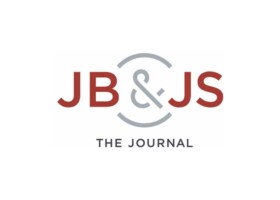
Authors:
Matthew Allen, Francesca Brett, Peter Millett, Neil Rushton
Abstract:
Aseptic loosening is the most common complication of total hip and knee arthroplasty and the most common cause of failure of arthroplasty (Amstutz et al 1982). Its incidence increases as follow-up times become longer (Olsson, Jern- berger and Tryggo 1981). With a growing trend towards performing arthroplasty in the younger patient, the need for revision hip and knee arthroplasty can only increase.
Although the cause and pathogenesis of aseptic loosening is still contentious, some important factors have been identified; the most intriguing is the role of particulate wear debris. The biological responses to wear debris have been studied extensively over the last two decades (Willert 1977; Rushton and Rae 1984; Jasty et al 1986; Ohlin, Johnell and Lerner 1990; Thomson et al 1992; Harris 1994). There is good evidence that particles of a variety of metals, ceramics and polymers can damage human cells in vitro and may incite foreign-body reactions (Rae 1975; Howie and Ver- non-Roberts 1988; Maloney et al 1993) or bone resorption in vivo (Murray and Rushton 1990; Ohlin et al 1990; Haynes et al 1993).
Most of the experimental studies have involved the injection of wear debris into healthy joints (Rushton and Rae 1984; Rae 1986; Howie et al 1988). Although their results provide valuable information about the response of healthy tissues to debris, they are less relevant in regard to aseptic loosening. To understand the relationship between wear debris and aseptic loosening, we must be able to study the effects of well-characterised particulate debris around a stable implant. Such an approach was pioneered by Howie et al (1988) who created a stable cement-bone interface by inserting a preformed polymethylmethacrylate plug into the distal femur of rats. Intra-articular injections of particulate ultra-high-molecular-weight polyethylene induced chronic inflammatory responses and bone resorption at the cement-bone interface.
For the complete study: The Effects of Particulate Polyethylene at the Weight-Bearing Bone-Implant Interface
